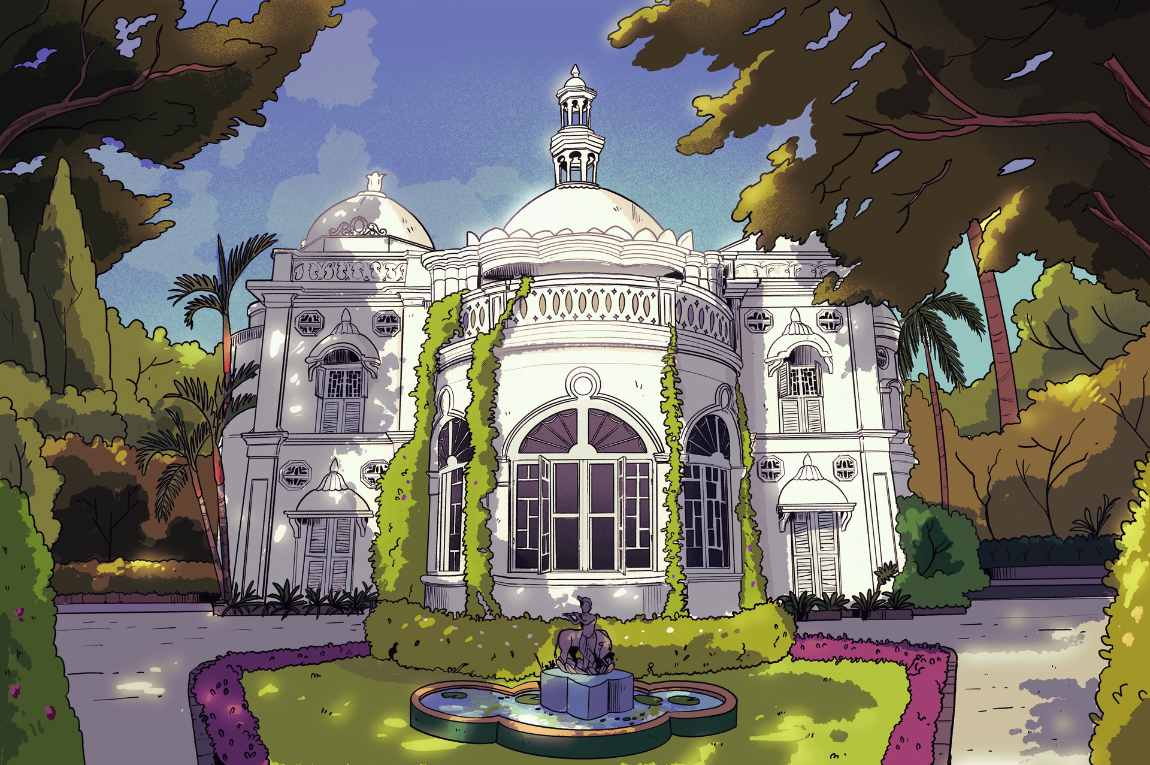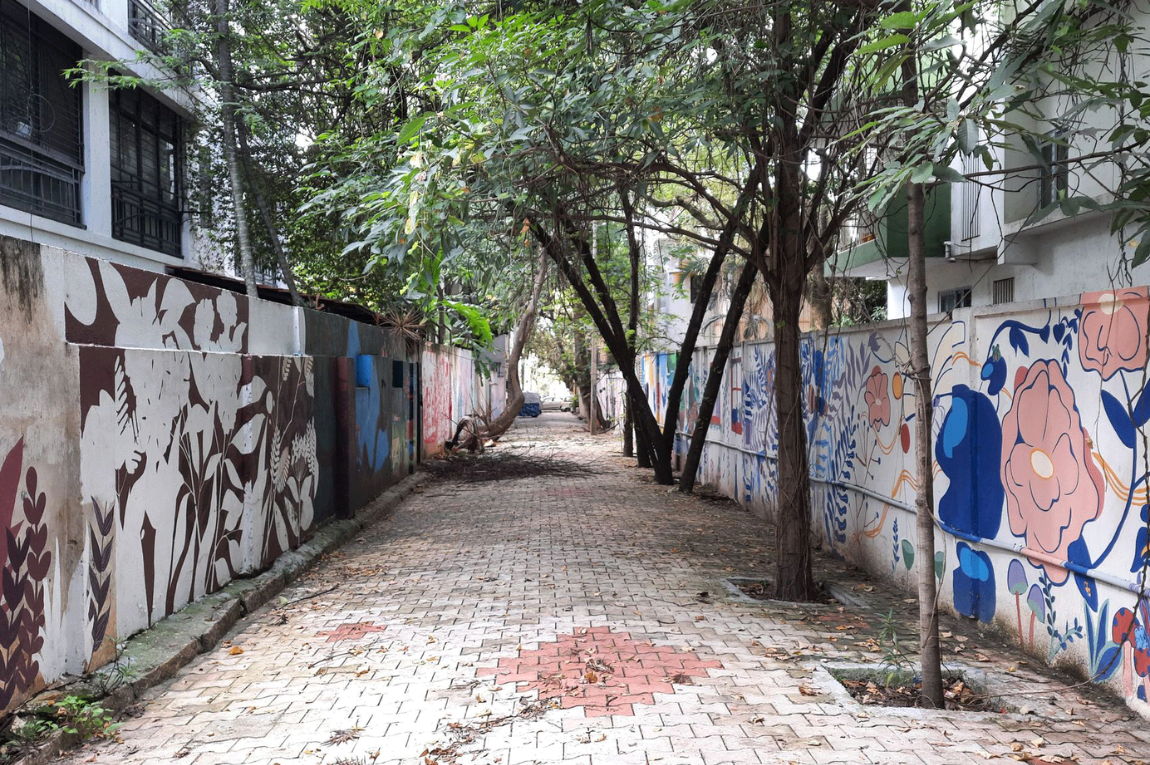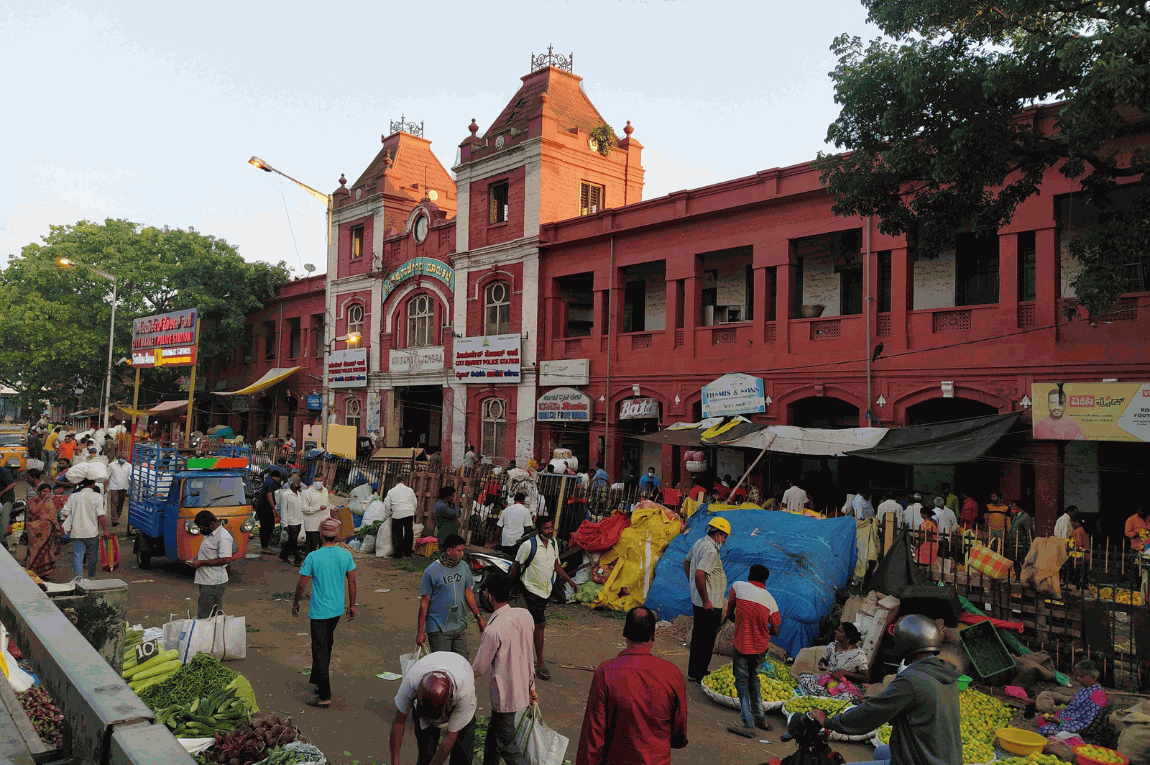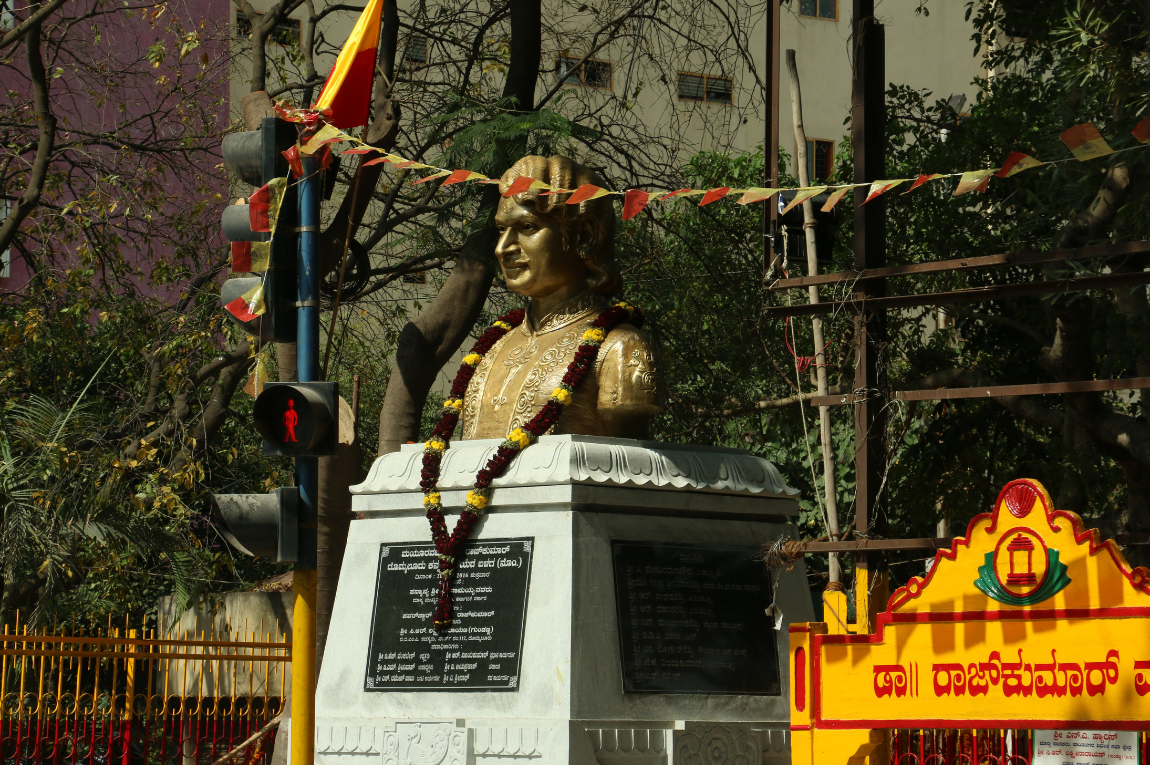“That’s the prime spot to watch the game,” my father said, as he pointed to the seats in perfect alignment to the pitch on the ground at the Chinnaswamy Stadium in Bengaluru. This was way back in 2011, when we awaited the home men’s team, Royal Challengers Bangalore (RCB), to take on the Kochi Tuskers, a former team in the Indian Premier League (IPL). We were seated in what I learned was a subpar spot, nearly perpendicular to the pitch. “If you’re along the pitch, you can see the line the ball falls in,” he explained, before we watched Chris Gayle of the home team single-handedly demolish the opposition.
We’ve been to several games at the Chinnaswamy since, and the experience is unbeatable. Its atmosphere is electric at the least, created by some of the most passionate cricket fans in the country. The city’s dedication to its home teams and players is palpable and has been evident on several occasions. This includes the countless knocks of honourary Bangalorean Virat Kohli, or the heartfelt goodbye to the cricketing great AB de Villier’s — who has often referred to the stadium as his second home — when he stepped back from the IPL. The stadium comes alive during the IPL’s home games — the chants of ‘RCB! RCB! RCB!’ heard not-so-faintly in the lanes circumferencing the stadium carry into the stadium, and turn into what I can only describe as a collective roar.

Even before the IPL, the Chinnaswamy had an illustrious history. When the stadium was built in 1974, it was called the Karnataka State Cricket Association (KSCA) Stadium, and was later renamed to M Chinnaswamy Stadium, after the former Board of Control for Cricket in India (BCCI) President. It debuted as a Test venue in 1974 for the International Test fixture of India versus West Indies — also the debut of two cricketing legends, Gordon Greenidge and Vivian Richards. As exciting as it may have been, the venue was in a spot of bother — construction was still underway, casting doubt on its strength and capacity. The Chinnaswamy, however, was prepared to prove this wrong. The administration placed nearly 40,000 cement bags on the temporary wooden stands — assembled by people from Tamil Nadu and Kerala who specialised in putting up wooden structures — to ascertain they were strong enough for the spectators. In a bold move, they also invited the press to this demonstration, before they went on to successfully host the Test series.
The stadium has come a long way since then. With a capacity of around 32,000 and plans to expand this to 70,000, the stadium has been a forerunner in delivering seamless cricketing experiences to both the viewers and the players. In 2015, when India was to play South Africa — also meant to be de Villier’s 100th Test — the stadium took a heavy beating from the rain, concluding the match in a draw in a single day’s play. This needed a fix. The authorities chose to implement a drainage system placed under the playing field to drain excess water from the outfield which has since allowed a match to resume in 15–20 minutes post rain. Between 2016 and 2017, they replaced the red soil in the field with a sand base to make this possible, and diverted the year’s domestic matches to other stadiums in the state, and thus became the world’s first cricket stadium to install what’s called the SubAir system.
In efforts to operate on cleaner energy, the Chinnaswamy Stadium installed solar panels of a capacity of 400kW on its rooftop so part of the establishment could run on solar energy — it was the first in the country to do so. Additionally, the maintenance of the ground is aided by a rainwater harvesting system and sewage treatment plant.

Short boundaries and an unforgiving batter’s pitch have made for some thrilling games at the Chinnaswamy, but I like to think the stadium’s legacy is a blend of cricket and the city authorities’ acknowledgement of our love for it. When some of the surrounding streets are cordoned off on certain match days, with metro timings extended, it feels as though the city has its cricket fans’ backs.
The greats from Bengaluru have earned spots at the stadium and out in the city — Rahul Dravid has ‘The Wall’ dedicated to him at the stadium, with the words ‘commitment,’ ‘consistency’ and ‘class’ across it, while the Anil Kumble Circle is a junction neighbouring the stadium. Knowing these sportspersons have inspired spots in the city makes me happy, but I can’t help but wait for one to be dedicated to female stalwarts of the game. Over time, I’ve realised that my love for cricket was synonymous with men’s cricket — a fact I now highly dislike. The game is always enthralling, regardless of the player in the jersey.
Cricket is rather emotional at the Chinnaswamy, and this year, the stadium will host the WPL’s first multi-city season, and I’m excited for our women’s team to experience the true spirit of a home game.
Find your way to the Chinnaswamy Stadium in Bengaluru via Google Maps here.
Our selection of stays across India, best visited for their design and style. Check in
Meghna Mathew is an Associate Editor at Paper Planes. She is on Instagram at @meg.mathew.
Madhav Singh Dogra is a sports photographer with over a decade’s experience in covering Indian sports and athletes at the grassroots as well as international levels. He is on Instagram at @janaab_dekhiye.




